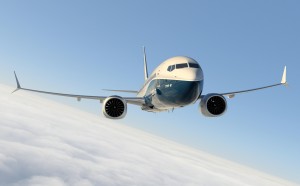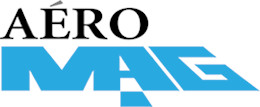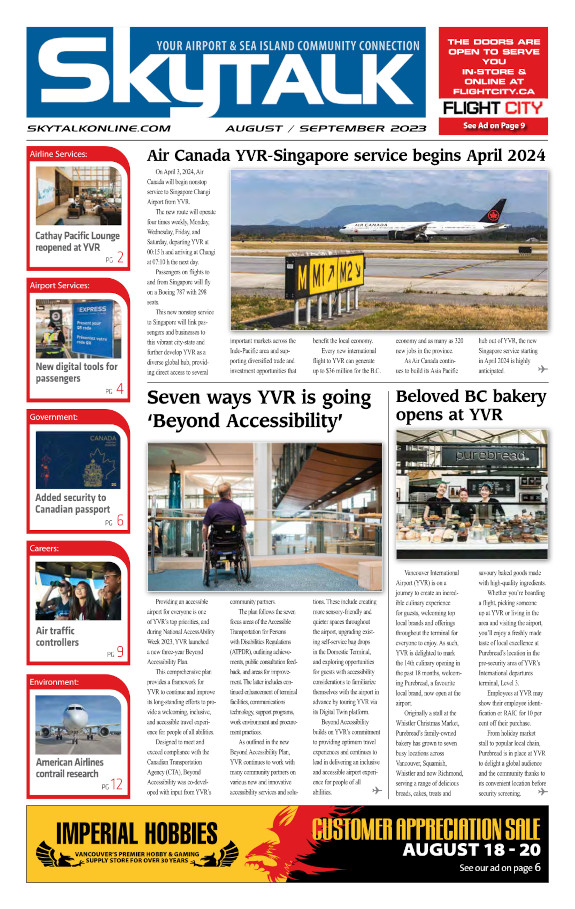
On track to begin final assembly in mid-2015, the Boeing 737 MAX will fly in 2016. The 737 MAX will be 14 per cent more fuel-efficient than today’s most efficient Next-Generation 737s when they first entered service in 1996.
Boeing is forecasting continued strong growth in demand for commercial aviation pilots and maintenance technicians as the global aircraft fleet expands over the next 20 years.
Boeing’s 2014 Pilot and Technician Outlook, released at last month’s 2014 EAA AirVenture Oshkosh airshow, projects that between 2014 and 2033, the world’s aviation system will require:
• 533,000 new commercial airline pilots
• 584,000 new commercial airline maintenance technicians
“The challenge of meeting the global demand for airline professionals cannot be solved by one company or in one region of the world,” said Sherry Carbary, vice president, Boeing Flight Services. “This is a global issue that can only be solved by all of the parties involved—airlines, aircraft and training equipment manufacturers, training delivery organizations, regulatory agencies and educational institutions around the world.”
Boeing’s 2014 Pilot and Technician Outlook projects continued increases in pilot demand, which is up approximately seven per cent compared to 2013. Maintenance training has increased just over five per cent.
Pilot demand in the Asia Pacific region now comprises 41 per cent of the world’s need, and the Middle East region saw significant growth since last year’s outlook due to increased airline capacity and orders for wide-body models, which require more crew members.
Overall, the global demand is driven by steadily increasing airplane deliveries, particularly wide-body airplanes and represents a global requirement for about 27,000 new pilots and 29,000 new technicians annually.
Projected demand for new pilots and technicians by global region:
• Asia Pacific – 216,000 pilots and 224,000 technicians
• Europe – 94,000 pilots and 102,000 technicians
• North America – 88,000 pilots and 109,000 technicians
• Latin America – 45,000 pilots and 44,000 technicians
• Middle East – 55,000 pilots and 62,000 technicians
• Africa – 17,000 pilots and 19,000 technicians
• Russia and CIS – 18,000 pilots and 24,000 technicians.








